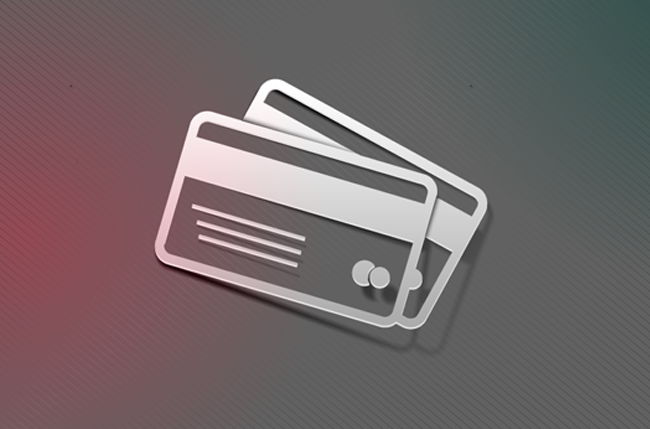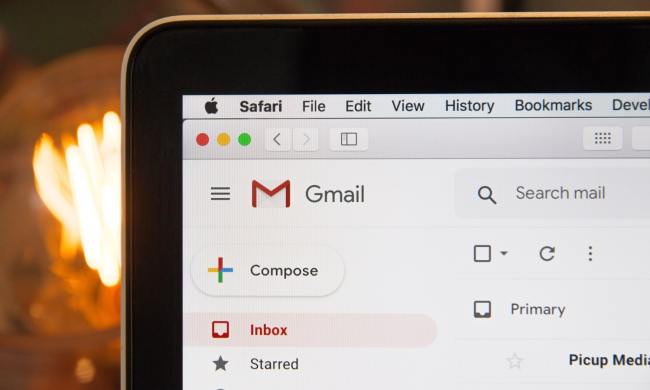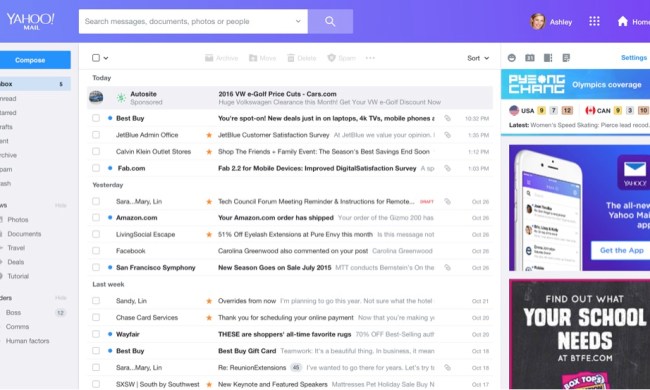
Credit scores can be a scary thing.
In a nutshell, they’re a specific number credit bureaus assign to you, one that quickly encapsulates your entire credit history and assesses your financial credibility as an individual. Although they’re merely comprised of a three-digit number between 300 and 850, they directly influence some of the most important financial facets of your life, from the mortgage rates on your home to the potential loans available to you as a student or a first-time car buyer. If that wasn’t enough, bad credit scores also make it tougher to start a small business, obtain insurance, and even obtain a job in some situations — an issue that has only become more pervasive since the economic collapse of ’08 and a general tightening of credit standards by regional banks.
Like most scores, you credit score is a culmination of multiple components (in this case five). The first and largest portion of your scores relies on your payment history — whether you’ve paid your bills on time or neglected them — but it’s quickly followed by the amount of money you owe, the amount and type of credit you possess, the length of your credit history and how long it has been since you last opened a credit line. Your given score is a crucial factor, if not the most important factor, potential money lenders use to evaluate your risk level. The higher the credit score or rating, the less risky you’ll likely appear and the greater the economic opportunity afforded to you will be. Or, you hope so, anyway. Below is a breakdown of the different facets of your credit score and their relative weights.

However, although each of three major credit reporting agencies — Equifax, Experian, and TransUnion — offer a free copy of your credit report once a year in compliance with the Fair Credit Reporting Act of 1970, none of them offer free access to your official credit score unless you pay an upwards of $5. Thankfully, credit-monitoring websites like Credit Karma and Credit Sesame offer free estimates of your credit score without adversely effecting your credit, whenever you’d like and as often as you’d like. It’s the closest thing to an official FICO score as you’re going to get.
Here’s our quick guide on how to check your credit score. We can’t guarantee you’ll like what you find, but at least you’ll find it. Skip ahead to a list of tips and tricks for boosting your credit score.
Check your credit report (and score estimate) using Credit Karma
Step 1: Create a Credit Karma account — Navigate to the main Credit Karma homepage, click the orange Get started now button and enter your appropriate email address and password before click the blue Next Step button to create a user account.

Step 2: Enter your personal information — Once directed to Step 2, enter your personal information in the resulting text fields, quickly listing your name, current address, birthday, and the last four digits of your social security number among other information. When finished, click the blue Next Step button to create a user account.

Step 3: Confirm your identity — Once directed to Step 3, confirm your identity by correctly answering the three or four resulting questions in order. To do so, check the bubble directly left of the correct answer below the corresponding question. Questions vary, but they often include information regarding your previous county of residence, loans and other pertinent information.
Step 4: View your credit score — Once properly completed, your TransUnion Credit Profile will be properly linked and verified. Click the blue See More Details link in the upper-right corner of the resulting page to see a breakdown of your credit report, or simply view your credit score estimate below said link. Generally, a score hovering around 650 is considered okay, with a score an upwards of 700 being good. Anything below 600 is trouble.

Check your official credit report (and score) using Annual Credit Report.com
Step 1: Access the request form — Navigate to the main Annual Credit Report.com homepage and click the light-grey Request yours now tab located in the top navigation bar, followed by the red Request your credit reports button at the bottom of the page.

Step 2: Fill out a form — Once opened, enter your personal information in the resulting text fields, quickly listing your legal status, social security number, birthday, and your current and previous addresses among other information. When finished, complete the CAPTCHA test and click the red Next button at the bottom of the page.

Step 3: Pick the reports you want — Select from which of the three major credit reporting agencies you’d like to receive a report from. Although you’re granted one report from each annually, you always can divvy the reports up throughout the course of the year instead of selecting all three at once. In doing so, you’ll retain access to the reports when you need them most. Check the boxes directly left of the agency from which you’d like to receive your report, and once chosen, click the red Next button located below the three options.

Step 4: Enter the last four digits of your SSN and verify your information — When prompted, enter the last four digits of your Social Security Number and click the orange Click to Continue button, or a similar button thereof, at the bottom. Afterward, answer the resulting four or five questions to verify your information and identity.

Step 5: View your report and order a credit score — Once your identity has confirmed, click the option to download your credit report on the resulting page or choose the option to view your credit score. The latter will likely require you to purchase the information regardless of which credit reporting agency you utilize, however, the on-screen instructions and accompanying payment assistant will walk you through the entire process. Although not always the case, the agency will typically provide options for billing the credit card associated with your account directly, bypassing any additional verification in the process.
Tips and tricks for boosting your credit score
- Pay on time — Credit is earned, not given. Make your credit card payments on time, whenever possible, to slowly improve your credit score. Although it varies from one bank to the next, many online banking portals allow you to setup automatic payments that are automatically debited from your account when the balance is due. Furthermore, the same online portals usually provide a means of setting up convenient email and text reminders alerting you when an upcoming payment is due. If you’ve missed payments, get current and keep it that way.
- Don’t close unused accounts or open too many rapidly — Contrary to what you might think, closing a credit card actually adversely impacts your score, as does opening more credit lines in attempts to increase your available credit or better your credit mix. Closed credit cards will remain on your credit report and may be considered for your score, while an onslaught of new accounts will likely only lower your average account age and make you appear risky.
- Keep balances low — Debt is never a good thing, and high outstanding debt is even worse for your credit score. Use your card regularly, but keep the amount of money you owe below around 20 or 30 percent of the overall limit. Also, as expected, maxing out your credit doesn’t exactly do wonders for your credit score either.
- Check for inaccuracies — Errors and mishaps happen. Review your credit reports and work to clear up any inaccuracies with the three major credit reporting agencies as they arise. Things such as misinformed late payments, incorrect credit limits, and the like are bound to occur during the course of your credit history.
What do you think of our straightforward guide on how to check your credit score? Pretty simple huh? Let us know in the comments below.



